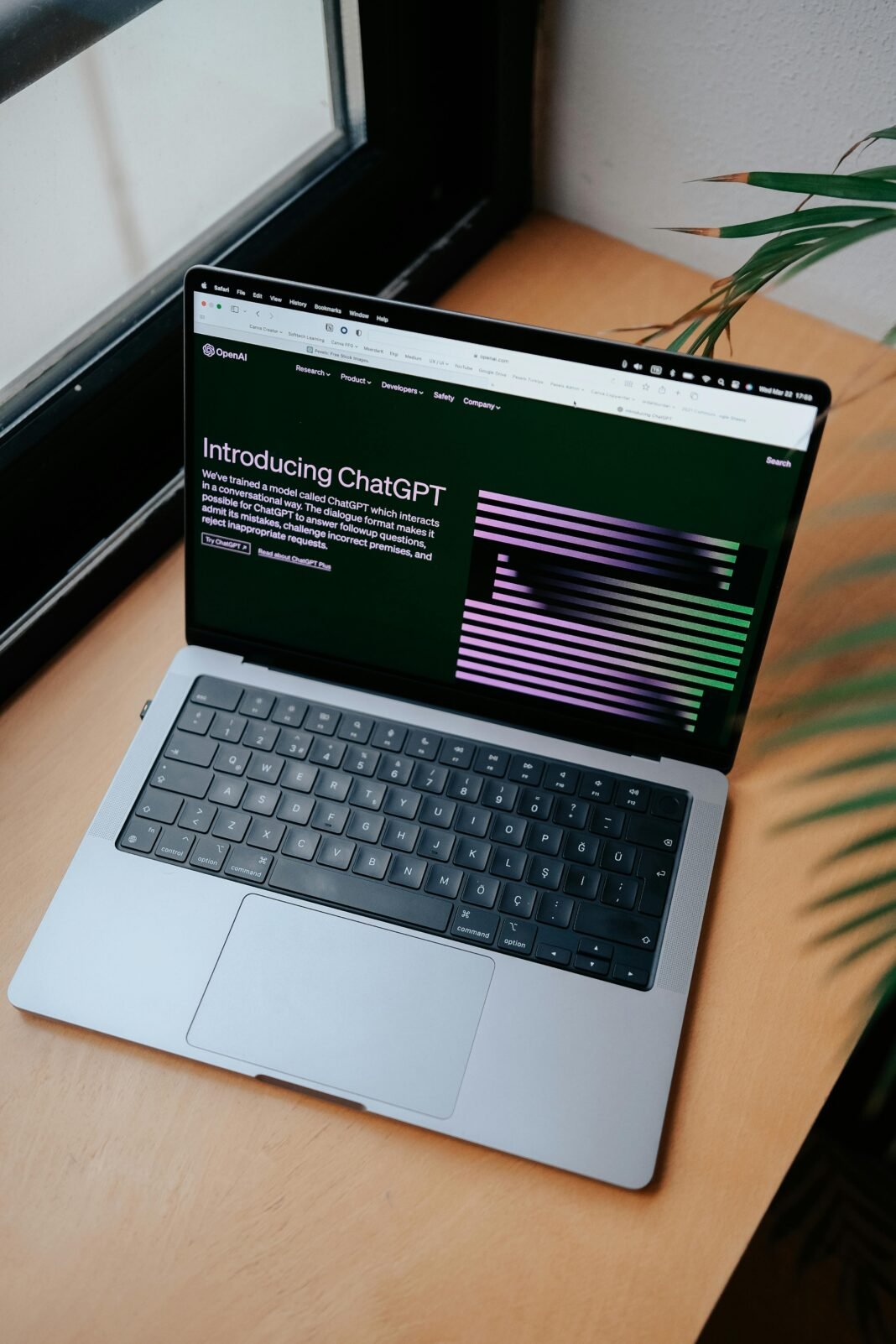Understanding the Limits of Academic Integrity Tools? Understanding the Limits of Academic Integrity Tools.
Introduction:
Let’s understand first Can Canvas Detect Chat GPT, the Limitations of Academic Integrity Tools are. In the moment to moment changing life of technology, a question arises whether learning management systems LMS type Canvas can detect the use of AI-generated content, such as produced by ChatGPT, it has been increasing rapidly. As AI is rapidly becoming more sophisticated, and to do so are the methods for detecting its use in academic settings.
WHAT IS GPT CHAT:
GPT Chat, is off and on known as ChatGPT, it is known as AI-powered language mode developed by OpenAI, efficient of generating man written text and engaging in conversation based on context and past interactions.
In Conversational AI, can canvas detect Chat GPT:
ChatGPT is designed by engineers just like the human mind that has the ability to chat, by providing its users to respond from answering the questions, from writing emails, to scripts, from essays to blog posts and even code.
- Generative AI:
It uses generative AI to produce text, which means it can create content that wasn’t explicitly programmed into it.
- Accessibility Can canvas detect Chat GPT:
However, ChatGPT AI is free to use and for the public, it is easily accessible to make it a valuable tool for a wide range of applications.
- Continuous Learning:
So, these understood models continue to improve over the time by adapting the new information and conversational styles.
Can canvas detect Chat GPT OpenAI in Creation:
Question arises, can canvas detect Chat GPT in Development of a suite of AI tools that also includes DALL-E, an AI image generator, and like Whisper, that is an automatic speech power system.
ChatGPT has been integrated into various platforms and services, enhancing user experience with its advanced conversational capabilities.
The Current State of Detection:
Canvas is a widely used in (LMS)learning management system in education and is normally designed to maintain academic integrity. It is monitored by various parameters like clicks of mouse, keystrokes, and usage of diction. When canvas itself can have some built-in features to directly detect AI-generated unlike human script, it can be assigned to exhibit irregularities moreover patterns indicative of non-human input.
Third-Party Detection Tools
To enhance the detection capabilities, educators often turn to third-party tools specifically designed to identify AI influence in student work. These tools analyze writing style, consistency, and other markers that could suggest the involvement of AI like ChatGPT1.
Best Practices to Avoid Detection:
For students, the key to avoiding detection is not to rely solely on AI-generated content. Instead, use it as a starting point and then expand upon the ideas with original thought and personal writing style. Directly copying and pasting from AI outputs is likely to raise red flags. It’s also crucial to cite sources appropriately, even when using AI as an aid, to avoid plagiarism.
The Ethical Considerations
By the use of AI in work, some ethical questions arise about the nature of learning the value of original thought. While tools like ChatGPT can be valuable for generating ideas and by aiding in the LMS process, they should not replace the critical thinking and personal expression that are central to academic growth.
Looking Ahead; canvas detect Chat GPT:
As AI is continuing to advance, these tools are used for detecting its use. Educational institutions are more likely to develop more sophistication in means of ensuring academic integrity. Meanwhile, students should navigate the fine lines between using AI as a helpful resource and relying on it in ways of compromising academic honesty.
ChatGPT, is a unique technology that comes with its own set of advantages and disadvantages.
Conclusion:
While Canvas has certain measures to detect irregularities that may suggest the use of AI like ChatGPT, it’s the combination of these measures and third-party tools that provide a more complete detection system. As the technology evolves, both the means of detection and the strategies to maintain academic integrity will undoubtedly advance.



